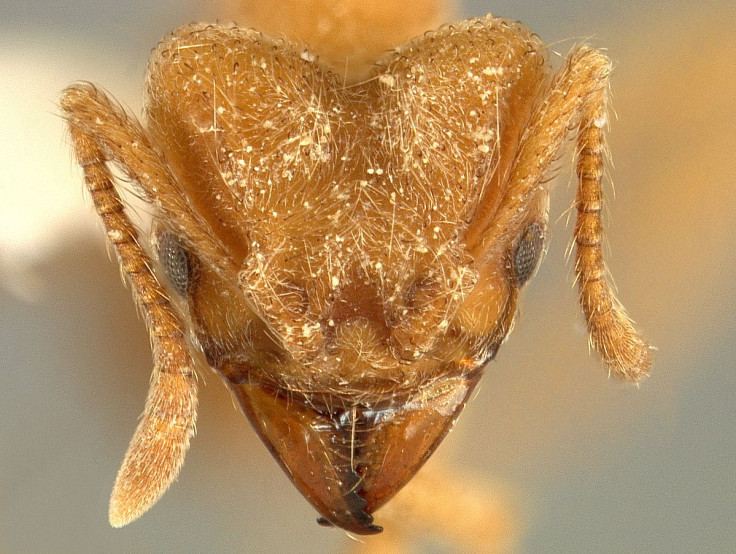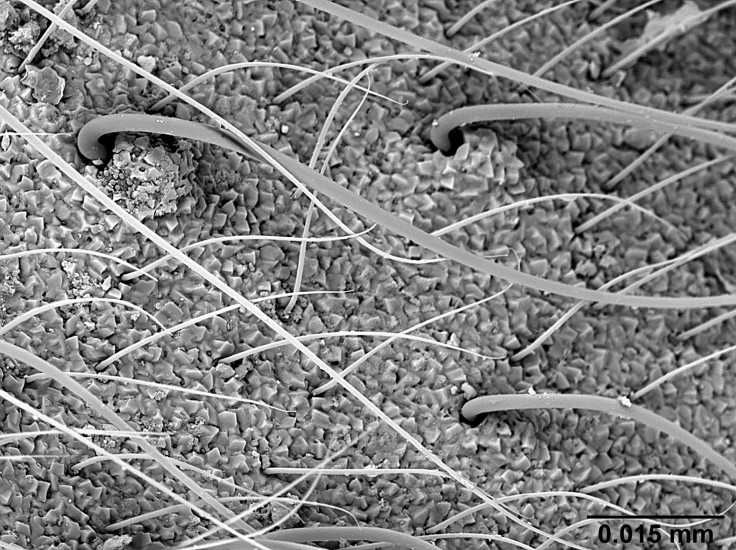Radiohead Ant Species Named To Honor British Band For Its Conservation Efforts

A newly discovered ant species from Central and South America has been named by its discoverers in honor of the British band Radiohead. Sericomyrmex radioheadi is from the group of fungus-farming ants, which as the name suggests, farm fungus for food.
Sericomyrmex translates literally as “silky ants” and it is a lesser-known relative of the more famous leaf-cutter ants. When placed under an electronic microscope, bodies of the females of the species — both workers and queens — were found to be covered in a white crystal-like layer which is completely absent in the males. The discoverers have not yet been able to ascertain the composition or function of this previously unknown layer.
In a statement Monday, authors of the paper that describes S. radioheadi said the layer could be microbial in origin, which protects both the ants and their fungus farms from parasites. Sericomyrmex have been known to grow anti-microbial bacteria on their bodies to fight microbial parasites, but these bacteria were not found at all in the case of S. radioheadi. However, since their gardens are still free of parasites, the crystalline layer may have a role to play in it.

The Sericomyrmex genus is only about four million years old, in evolutionary terms, and is the most recently evolved genus of fungus-farming ants. It is an example of rapid radiation — a term to describe the process of organisms diversifying very quickly into a large number of forms as they evolve. Some other species that are also examples of rapid radiation include freshwater fish in Africa and the Hawaiian fruit fly.
The paper describing S. radioheadi was published Monday in the journal ZooKeys, under the title “Revision of the fungus-farming ant genus Sericomyrmex Mayr (Hymenoptera, Formicidae, Myrmicinae).” Its authors, Ana Ješovnik and Ted R. Schultz, both work at the Ant Lab of the Smithsonian Institution in Washington, D.C.
As for the name they chose, lead author Ješovnik said in the statement: “We wanted to honor their music. But more importantly, we wanted to acknowledge the conservation efforts of the band members, especially in raising climate-change awareness.”
© Copyright IBTimes 2025. All rights reserved.





















